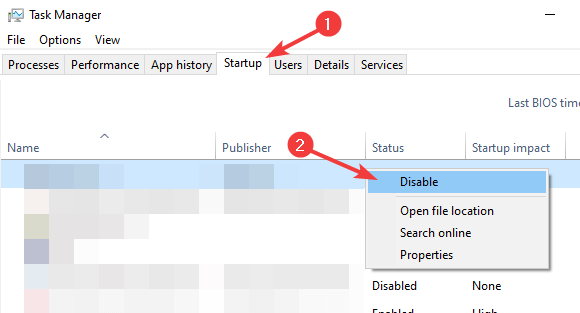

This lets the attacker access emails, cookies and interrupt with the online banking feature being accessed by the user. In addition, one can send authenticated HTTP requests and also read the response received.


Without any consent from the user, the preferences, cookies, passwords and bookmarks get added to SafeZone automatically. The profile gets automatically imported on start up from Chrome. The user doesn’t really have to be using Avastium to let the attackers steal the information. In such cases, the attacker wouldn’t even have to steal any information pertaining to the malware strain if they had an idea about where the target had installed the Avast SafeZone. Even if the SafeZone feature wasn’t properly running, the malicious links were clicked through another browser. This would be possible only if the local host allowed the access in order to reach the RPC endpoints. The commands could easily be bundled within any malicious JavaScript code that was executed on the computer of the user locally. He further added that, attackers could easily send malicious commands to RPC endpoint which was left on a browser’s core engine open. Ormandy explained that the security offering companies are offering a poor excuse of the browser letting in third parties to cause series of attacks on the device and are fooling users to click on a link which isn’t really complicated if hidden under any short URL. This is built exactly the same way as Chromodo on a Chromium platform which is an open source project on which Vivaldi, Opera and Google Chrome are based. Avast’s Chromium fork lets the hacker get a tab on the list as well as the files from the computer whenever the user clicks on a link that is malicious.Īlso referred to as the Avastium, the custom browser offered by Avast is offered in the form of a bundle download for all those who upgrade to or purchase a paid version of the 2016 Avast Antivirus. Chromodo was found disabling Same Origin Policy which is a fundamental security feature. This information comes right after the researcher figured out issues pertaining to the Chromodo browser. Google Project Zero Security Researcher, Tavis Ormandy, has figured out a huge flaw in the Avast SafeBrowser thereby failing to offer a secure browsing experience to its users.


 0 kommentar(er)
0 kommentar(er)
